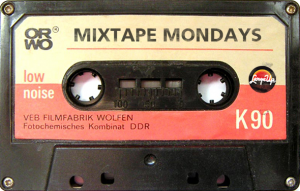
Throughout the course of my life, I’ve avoided succumbing to the vapid materialism that has plagued our generation. Okay, this isn’t entirely true; I was an incessant, notorious player/gambler/collector/mafioso of marbles as a child – there’s still a bathtub-sized container of glass baubles in storage to prove it. Aside from this childish obsession, a nomadic life even inside one’s own city limits teaches us that ‘having things’ quickly becomes more burden than boon. Schlepping furniture up and down three flights of stairs every spring (if not you, at least one of your friends will be guaranteed to ask for help moving) will bring out the minimalist in anyone. In that sense, I arrived in Tokyo with the bare essentials: clothes, toiletries, a few good notebooks, laptop, and music.
19853 songs, a small warehouse of vinyl pressings condensed to two wallet-sized hard drives. I am a voracious consumer of music, and its digitization has done nothing but enable my addiction. Were I to point the finger at anyone, a father obsessed with ‘60s psych and folk rock, a mother with draconian fervor that her sons would take up a musical instrument. Being the youngest, I would quickly cobble together the hand-me-down musical tastes from my older brothers into something never quite in line with my peers, a sensibility ‘ahead of the curve’. Let’s just say the snobbery started early and leave it at that.
Teaching at the university level has its perks, namely that I can hold a large group of 18-21 years-olds hostage for hours on end without any guff from the police (yet). I was curious not only about what kinds of music they were enjoying, more moreso how they stumbled upon it. My interrogation came to two horrible conclusions: that the vast majority of students discovered tunes only through anime intro themes and karaoke idols, and an even smaller minority had ever attended a live musical performance.
One of my key concerns over the past year comes from the laser-focused myopia of this younger generation. It’s not a question, as in most cases, of access to cultural tools but rather excess of access and a complete acceptance with the status quo. In a sense I can sympathize with this complacency, media has burrowed and entrenched itself into every waking hour, possibly beyond that. Your television show uses four cameras at once, grocery aisles echo with high-pitched recorded loops, the walls of trafficked routes are plastered with myriad advertisements, bright colours, weird pseudo-sexual iconography. The onslaught is exhausting, it’s easier to drift along with the current than swim against it. Developing a musical taste requires effort and time, the latter of which is likely a Japanese youth’s scarcest commodity.
“It’s really hard, certainly harder than touring abroad”, says Aki, a frontman in three Tokyo punk bands. “It’s almost as if things are stacked up as high as possible to prevent you from playing, never mind making it. The band pays the venue, instead of the other way around. Because Japan is so small, there are only so many shows we can play before wearing ourselves too thin. It’s not like there aren’t kids, the kids are there and they’re hungry, but how that translates back to the band’s success is hard to understand.” Tokyo’s local scene uncovers a massive collective, sharing instruments, transportation, equipment, even band members. “At the end of the day, we want it the most, but none of us would survive on our own. The scene feeds and clothes itself during the daytime, then goes to work at night.”
Until you fall in with the scene, or like me spend a few too many evenings in Shibuya and Ueno dive bars, Time Out Tokyo is your best bet for finding gigs, venues, and festivals featuring local and touring bands alike. Although Japan may not be a musical powerhouse on the production end, some amazing groups will use Tokyo as a launchpad for touring or testing new material, so keep your eye out. When asked how I find new music, I’ve found this shop guide invaluable, especially for Japanese artists. As for your online fix: spend some time on Bandcamp, HypeMachine, SoundCloud, or Beatport. SoundCloud stands out for its interface and smartphone app, which is very easy to use and helpful for finding similar artists.
Surely the denizens at Oakhouse Kichijoji 2, subject to constant outside interference, would have a broad spectrum of influence to draw upon. The Smiths, Depeche Mode, The xx, Jurassic 5, Nightwish, Wowaka, J.S. Bach, Kinoku Teikoku, LM.C are just a few of the artists plucked from our local playlist (and I’m sure everyone is giving me their most conservative likes).
I simply have too much music – some of the albums I own have never had a proper listen. To remedy this, I will upload five or six LPs each month on my phone as a sort of forced digestion. In the spirit of this article, I’ve picked a few albums that stood out from the rest and are probably still in my phone. The selection is as recent as possible (2014-15), and completely all over the place. Love it or hate it, enjoy, it’s part of the journey.
TOKYO TRAVEL TUNES [2015]
The Weeknd – Beauty Behind the Madness

A strong dark, gritty LP from one of the best voices in the genre. Falls short of his earlier ‘House of Balloons’ EP.
Check it out on Bandcamp
Royksopp – The Inevitable End

The final chapter in this group’s tremendous discography, worthy of checking out, always strange.
Check it out on Royskopp.com
Hotline Miami – Hotline Miami 2 OST

Hard to believe it was made for a video game. Lots of DJs, differents sounds, moods, tons of energy.
Check it out on Steam, tracks are on SoundCloud
Panda Bear – Panda Bear meets the Grim Reaper

Hands down my facourite album of the past two years. It’s that good.
Check it out on Amazon
Kurt Vile – b’lieve I’m Going Down

Simple is good, and Vile doesn’t pull any punches. Great for long rides on the rail line.
Check it out on Kurtvile.com
Lapalux – Some Other Time

Otherwordly, glitchy beats grounded in funk and soul. Lapalux also does fantastic remixes and DJ sessions.
Check it out on SoundCloud
Springtime Carnivore – Springtime Carnivore

I stumpled upon this artist at random and completely fell in love with her voice, fantastic LP.
Check it out on Bandcamp
Beach House – Depression Cherry

Though not as strong as their earlier releases, solid release with wistful songs to walk through the park.
Check it out on Bandcamp
High on Fire – Luminiferous

My metal fix. When I need that energy before work, or simply want to tune everything out.
Check it out on Amazon
Aphex Twin – Syro
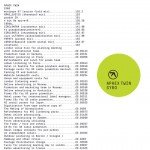
Describing Aphex Twin is no easy task, and this is a ‘difficult’ record for sure.
Check it out on Warp
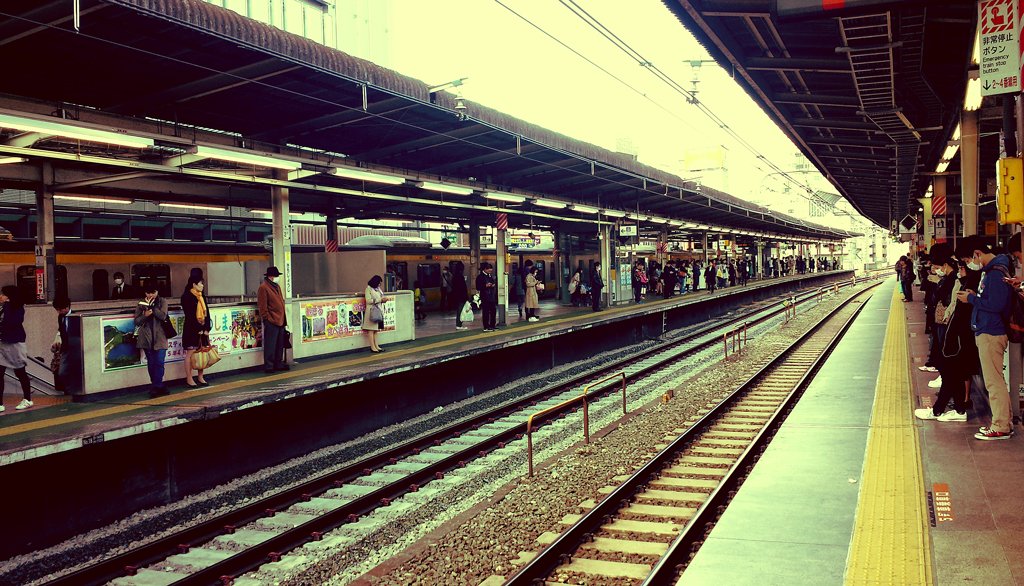 The daily grind on the Chuo Line.
The daily grind on the Chuo Line.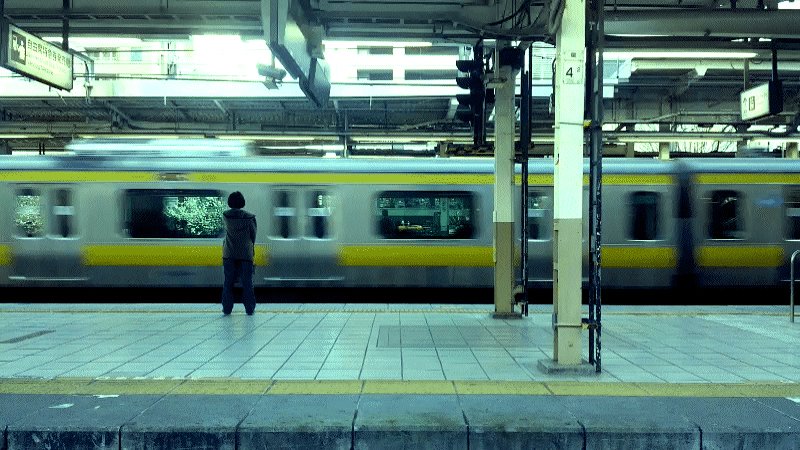 A rare glimpse of solitude.
A rare glimpse of solitude.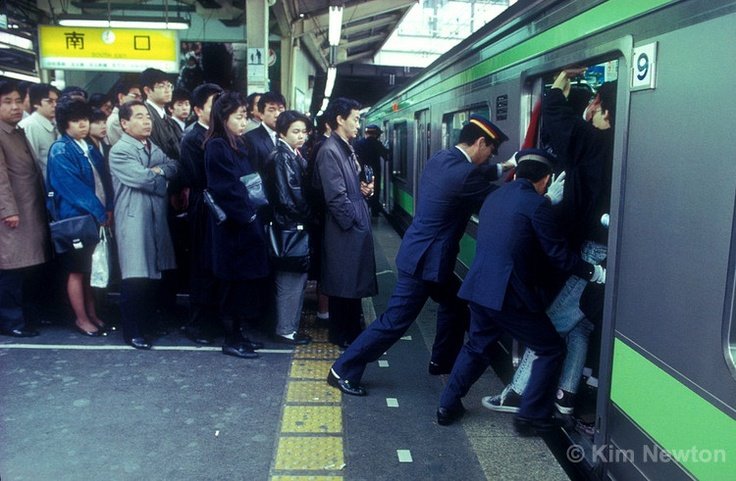 It feels worse than it looks.
It feels worse than it looks.
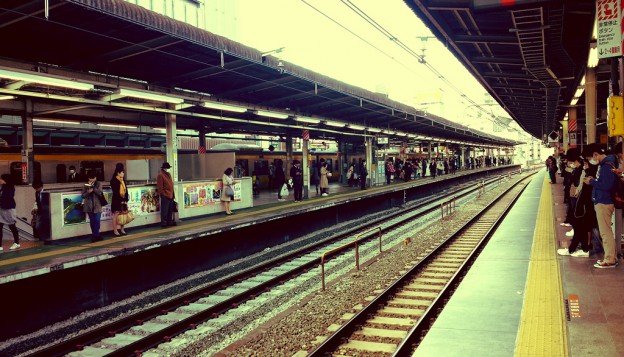
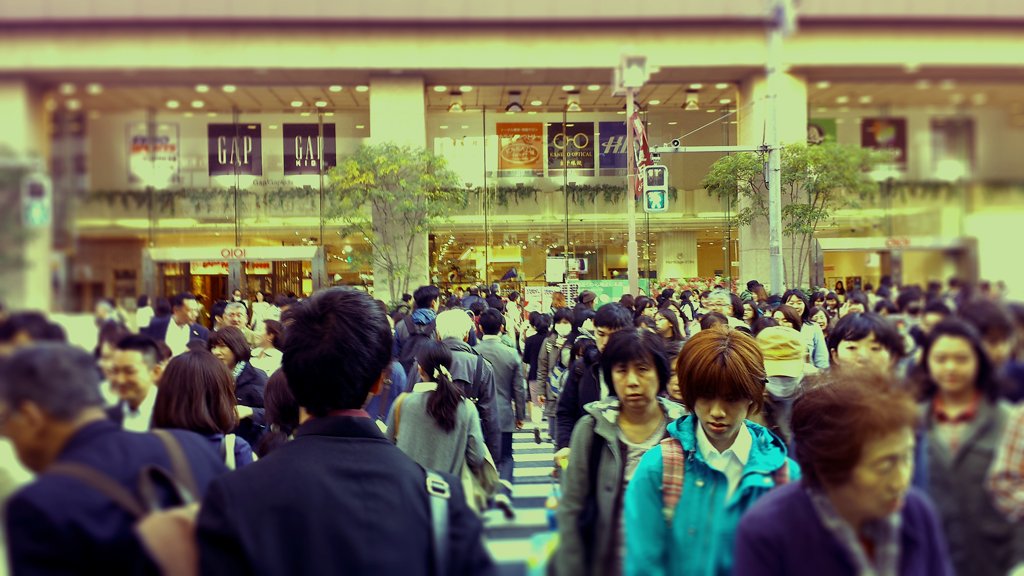
 Tokyo University of Technology’s Hachioji campus.
Tokyo University of Technology’s Hachioji campus.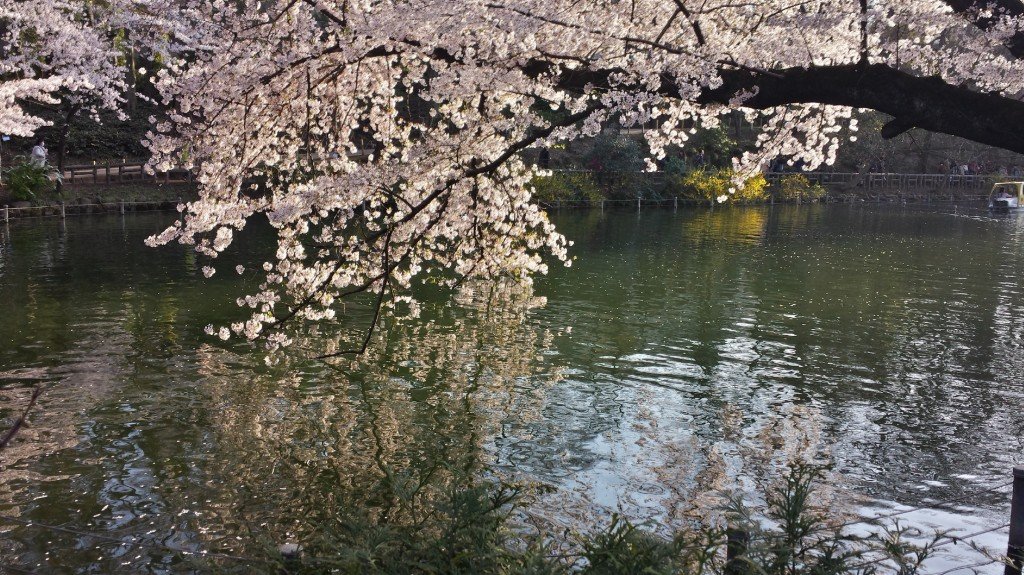
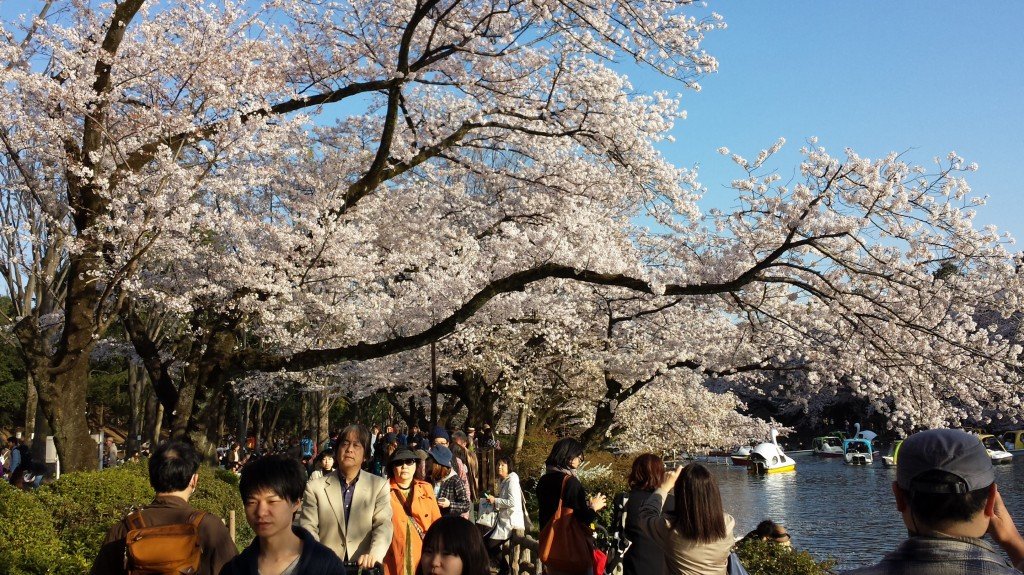 Hanami in Inokashira Park.
Hanami in Inokashira Park.